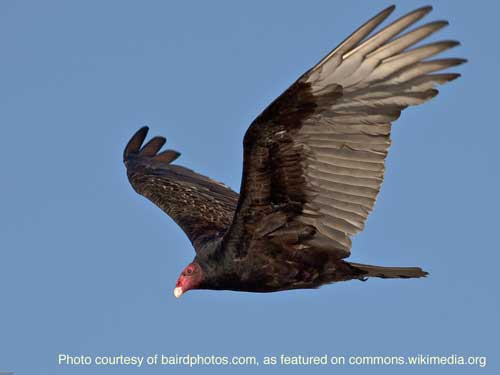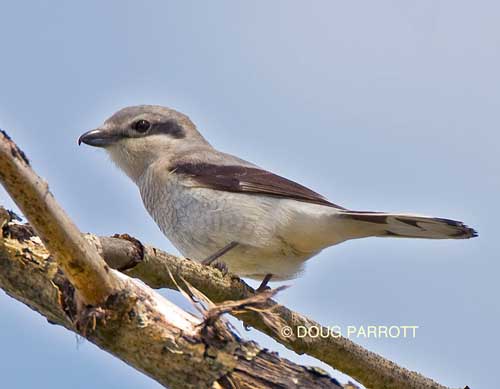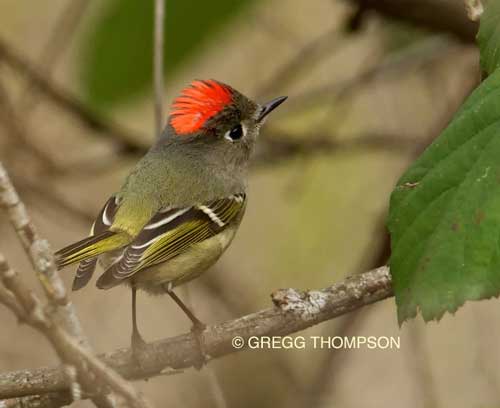
The Turkey Vultures from British Columbia are migrating south through the Fill right now. The other day, I saw six circling overhead, their wings outspread. They were all trying hard to find one thermal updraft after another that would carry them along without the bother of flapping.
Turkey Vultures are unlovely birds of prey who don’t quite fit the paradigm of fierce, wild, and free — characteristics that so pervasively embody our image of other raptors, such as eagles, falcons, and hawks. Vultures “prey” on carrion. They are featherless — quite bald — from head to neck, supposedly to facilitate hygiene. I guess when you dine by sticking your head as far as it can go into a carcass that has seen better days, you don’t want to mess up your hairdo. Better to have no do at all.
Most people feel uneasy around vultures. When they see a vulture, they will crack jokes about the need to stay upright and keep moving. But I have had a soft spot in my heart for vultures ever since I attended a raptor show at Woodland Park Zoo. The zookeepers have trained their raptors to perch on a wrist. When the keeper flings the bird up, it spreads out its magnificent wings and flies toward a piece of meat on a stick at the other end of the birds’ enclosure. It’s all very impressive.
One day, the keepers decided to bring out Modoc the vulture. Like all the other raptors, Modoc sat quietly on his keeper’s gloved wrist until the keeper flung him up. Modoc didn’t really want to go – vultures value their rest and relaxation. But what choice had he? Up he went, flapping his massive wings much harder than he liked, and off he disappeared into the distance. The crowd was silent. The keepers were silent. We all waited for Modoc to reappear, but he never did.
“Well,” hemmed his keeper, “Modoc’s a slow learner. We’re still trying to teach him to fly to the post over there. But he doesn’t always remember to do that.” Then she added in a hopeful but unsure tone, “He’ll return when he gets hungry.”
I was utterly charmed. Modoc’s combination of stupidity and independence appealed to me, I suppose because I also live dumb and free. The freedom to be dumb, after all, gives you the freedom to start over, to be the newbie, to learn something new without fear.
(Note: You can see Modoc in action if you Google “Modoc vulture” and check out the YouTube entries from 2011. Modoc is still confounding his keepers. I love it!)



